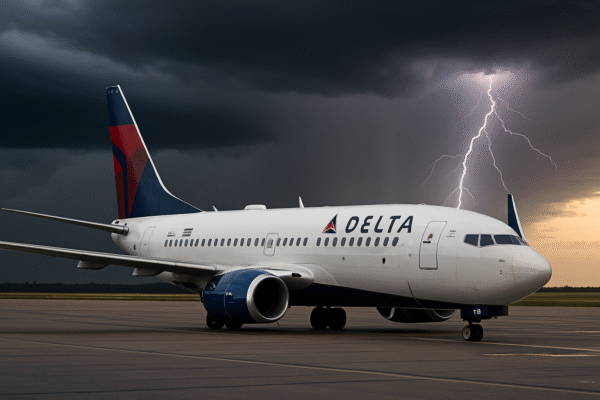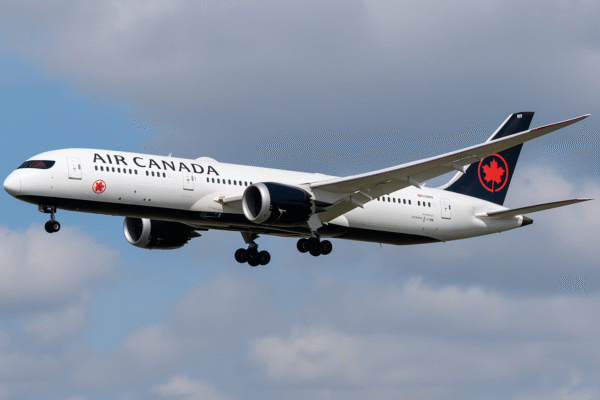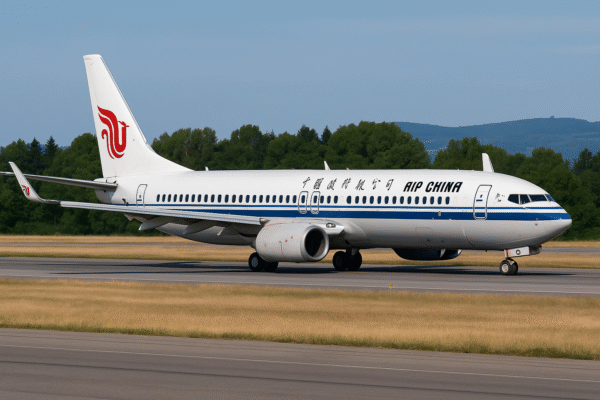BEIJING / ALMATY — In a major milestone for regional connectivity, Air China has launched a new direct air corridor between Beijing and Almaty, establishing a vital link between East Asia and Central Asia. Operating four times weekly, the new route marks a turning point in tourism, cargo logistics, and diplomatic cooperation between China and Kazakhstan—two key nations within the framework of the Belt and Road Initiative (BRI).
The inaugural flight, which landed at Almaty International Airport (ALA) earlier this week, was greeted with enthusiasm from government officials, aviation partners, and business stakeholders from both countries. With flights operating on Mondays, Wednesdays, Fridays, and Sundays using Boeing 737 aircraft, this nonstop connection promises to cut travel time, improve convenience, and stimulate bilateral ties across various sectors.
Strengthening Air Links for Sustainable Regional Growth
Designated under flight codes CA799 and CA800, the new Beijing–Almaty service is not only a convenient travel route but a strategic air corridor reflecting deepening ties between China and Kazakhstan. It enhances passenger mobility, opens new commercial avenues, and underscores Air China’s intent to expand its global footprint—especially across the fast-growing aviation markets of Central Asia.
This launch comes at a time when both nations are increasingly focused on cross-border infrastructure, trade modernization, and tourism development. The China-Kazakhstan cooperation roadmap includes a shared vision for economic integration, digital transport corridors, and people-to-people exchanges—efforts that are now gaining momentum through this air link.
Key Benefits: Business Travel, Cargo Efficiency, and Tourist Growth
The Beijing–Almaty flight brings multiple advantages for travelers and trade professionals:
- Tourism Growth: Chinese travelers can now access Almaty’s snow-capped mountains, national parks, and cultural landmarks directly, while Kazakhstani tourists enjoy easier routes to Beijing’s Great Wall, Forbidden City, and modern urban experiences.
- Business Accessibility: Corporate travelers benefit from faster commutes for meetings, partnerships, and industry events, encouraging cross-border investment and collaboration in energy, agriculture, and technology.
- Cargo Logistics: The new direct route enables faster shipping of high-value or time-sensitive goods. Air cargo operators can bypass traditional overland challenges, cutting down on delivery times and operational costs.
This route also enhances both cities’ positioning as regional aviation hubs—with Almaty serving as the gateway to Central Asia and Beijing linking into China’s broader domestic and international transport network.
Almaty’s Rise as a Regional Aviation and Tourism Hub
As one of Kazakhstan’s key urban centers, Almaty has been steadily climbing the ranks of global travel and logistics maps. In addition to its tourism assets—including Shymbulak Ski Resort, Big Almaty Lake, and a vibrant hospitality scene—the city is emerging as a center for air connectivity, international conferences, and business development.
With Almaty now directly connected to Beijing, the Kazakh government hopes to boost tourism revenue, attract foreign investment, and solidify its role in East–West air corridors.
According to Kazakhstan’s Ministry of Tourism and Sports, visitor arrivals from China are projected to increase by 35% in 2025, thanks in part to the ease of new air access. The government is actively offering e-visa platforms, visa waivers, and destination marketing campaigns in partnership with Chinese tour operators.
Almaty and the Belt and Road: Infrastructure for a Shared Future
The Beijing–Almaty route is not just a commercial flight—it’s a symbol of transcontinental connectivity. Both cities are key nodes in the Belt and Road Initiative, a China-led economic framework aimed at improving infrastructure and trade networks across Asia, Europe, and Africa.
The route is expected to serve as a backbone for Silk Road-era revival efforts, enabling smoother movement of people, capital, and ideas. It complements recent land-based BRI investments such as rail links and highway upgrades and forms part of a broader vision for 21st-century infrastructure diplomacy.
Future Outlook: More Routes, More Growth
Kazakhstan’s civil aviation sector is gaining international attention. Several global airlines—including a major Gulf carrier—have announced plans to expand operations to Almaty and Tashkent in 2026, signaling a boom in Central Asian air connectivity.
This broader growth trend is being supported by investment in airport upgrades, smart aviation technologies, and green aviation standards, all designed to ensure scalability and sustainability.
The new Beijing–Almaty corridor is expected to encourage further route development, attracting more regional carriers, code-sharing agreements, and expanded cargo networks.
Practical Travel Information
Flight Frequency:
- Four times per week (Monday, Wednesday, Friday, Sunday)
Aircraft Type:
- Boeing 737 (narrow-body jet with business and economy configurations)
Airport Access:
- Beijing Capital International Airport (PEK)
- Almaty International Airport (ALA)
Booking & Tickets:
- Reservations available via Air China’s official website, travel agencies, and online booking platforms.
Travel Time:
- Approximate flight duration: 5.5 to 6 hours, depending on weather and air traffic.
Conclusion: A New Chapter in China–Kazakhstan Connectivity
The launch of Air China’s nonstop flights between Beijing and Almaty represents more than convenience—it’s a strategic leap forward in uniting two powerful economies, cultures, and communities.
By supporting tourism, facilitating smoother logistics, and reinforcing regional cooperation, this route sets the stage for deeper integration across borders. As Central Asia opens up to the world and China continues to expand westward, the skies between Beijing and Almaty are not just a corridor—they are a conduit for growth, diplomacy, and shared prosperity.
For more travel news like this, keep reading Global Travel Wire



















